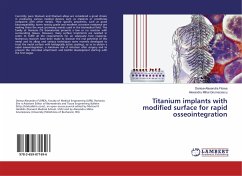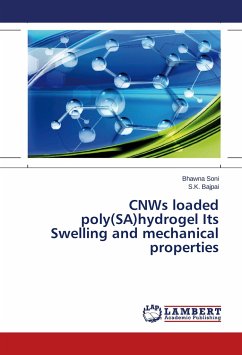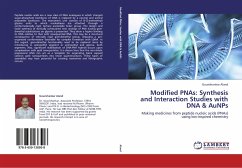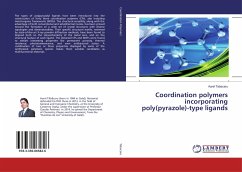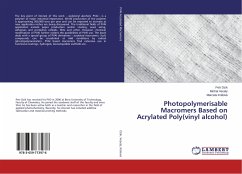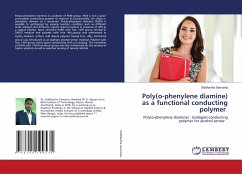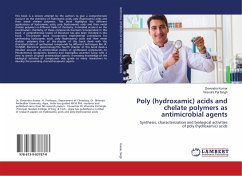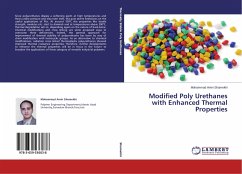
Modified Poly Urethanes with Enhanced Thermal Properties
Versandkostenfrei!
Versandfertig in 6-10 Tagen
41,99 €
inkl. MwSt.

PAYBACK Punkte
21 °P sammeln!
Since polyurethanes display a softening point at high temperatures and flows under pressure and may even melt, this puts severe limitations on the useful applications of PUs. At around 100°C the properties like tensile strength, modulus etc: start to diminish and at temperatures above 200°C, thermal degradation sets in, depending again on the nature of back-bone. Chemical modifications and cross linking are some proposed ways to overcome these deficiencies. Indeed, the general approach for improvement of thermal stability of polyurethanes has been by way of chain modification with hetrocycli...
Since polyurethanes display a softening point at high temperatures and flows under pressure and may even melt, this puts severe limitations on the useful applications of PUs. At around 100°C the properties like tensile strength, modulus etc: start to diminish and at temperatures above 200°C, thermal degradation sets in, depending again on the nature of back-bone. Chemical modifications and cross linking are some proposed ways to overcome these deficiencies. Indeed, the general approach for improvement of thermal stability of polyurethanes has been by way of chain modification with hetrocyclic groups. As an alternative to chemical modifications, radiation cross linked thermoplastic polyurethanes showed improved thermal resistance properties. Therefore ,further developments to enhance the thermal properties will be in focus in the future to broaden the applications of these category of versatile industrial polymers.




